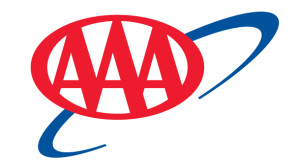For decades, the public has been inundated with public service announcements, lectures, signs and police presence all warning drunk people not to get behind the wheel of a car. And while deaths involving drunk drivers are still one of the highest causes of accidental deaths in the country, there is something else that the public should be warned about. People under the influence of alcohol should also not ride a bike or walk home while under the influence of alcohol either.
This is important, because many people may consider it ok to do these things, as long as they are not driving a car. But, a new study shows that over 30% of pedestrian deaths and 20% of bicyclist deaths are related to alcohol. “Education and enforcement campaigns aimed at reducing impaired driving may give people the erroneous impression that walking or riding a bike is a safe alternative. The public needs to better informed about the dangers of alcohol impairment for anybody on the road,” stated Angela Eichelberger, lead author of the study.
This study was commissioned by the Insurance Institute for Highway Safety and is aimed at broadening public awareness regarding alcohol. Ensuring that people understand that operating any mode of transportation, including walking, while under the influence is dangerous, and can result in death.
Interestingly, the amount of people who die each year from walking or biking accidents that also involve alcohol does not really fluctuate. This means that health organizations, law agencies and schools need to do a better job informing people about the dangers of mixing alcohol into these situations. It is much more common for someone to be told not to drink and drive than it is for them to be told not to ride a bike and drink, or walk home while drunk. But the same reason why someone should not drink and drive applies to those who bike or walk. Alcohol hinders a person’s ability to make good decisions, it lowers coordination and judgement. These are all necessary when navigating around in a bike or on foot.
Possibly a more effective public service announcement would be to show how important it is to ask for rides from sober people, rather than embark on a trip home under the influence.
 As if the roads weren’t dangerous enough since the population continues to grow, streets become more crowded and more drivers than ever are under the influence of some form of medication,
As if the roads weren’t dangerous enough since the population continues to grow, streets become more crowded and more drivers than ever are under the influence of some form of medication,